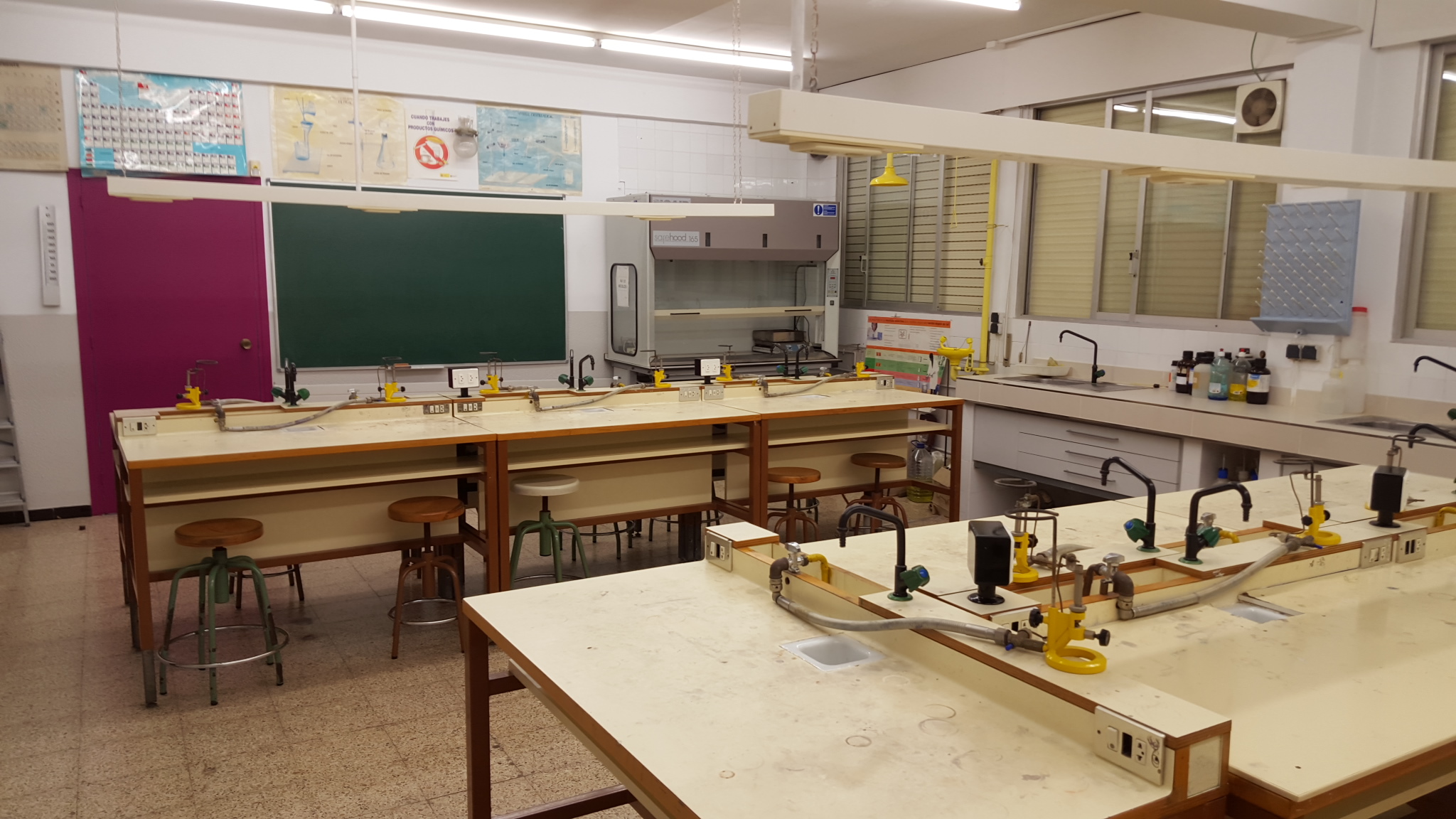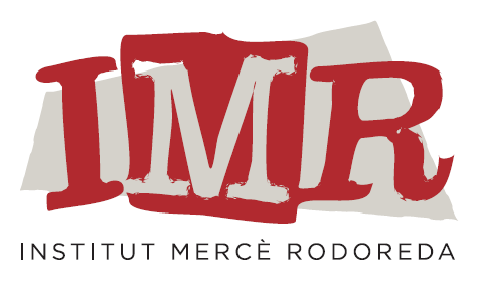My apprenticeship in the renowned Institute of Environmental Assessment and Water Research (IDAEA-CSIC) has been extremely enriching. Not only have I spent almost 6 months learning about astonishing laboratory analytical instruments such as High Performance Liquid Chromatography-Mass Spectrometry (among many others), but I have also gained some experience and skills in the investigation work field.
Due to the fact that HPLC-MS can be used to analyze biochemical, organic and inorganic heterogeneous compounds of environmental or biological origin, it has a wide range of applications in disciplines including biotechnology, pharmaceutical, environmental monitoring, food processing, agrochemical and cosmetics.
HPLC-MS technique’s capabilities are enhanced synergistically by combining the physical components separation skills of Liquid Chromatography with the mass analysis and identity abilities of Mass Spectrometry.
- HPLC
Liquid Chromatography separates complex mixtures with multiple components. This process involves mass transfer between a sample and a polar mobile phase as well as a non-polar stationary phase.
The device is usually a column packed with porous medium made of granular solid material (stationary phase) where the sample is injected and the solvent (mobile phase) transports it by travelling under high pressure from a pump to overcome the pressure drop in the packed column, which reduces the time of separation.When a sample is injected, it is adsorbed on the stationary phase, and the solvent passes through the column to separate the compounds one by one based on their relative affinity to the packing materials and the solvent. The component with the most affinity to the stationary phase is the last to separate because it takes more time to travel to the end of the column (retention time).
Compounds are determined based on their retention time in the column using a graph called “chromatogram.” Retention time usually represents the x axis of the chromatogram; however, the y axis depends on the method used for detection, which is usually a UV detector that measures the intensity of absorbance. However, the MS detector has a higher sensitivity (and price).
- MS
Mass Spectrometry provides structural identity of the individual components with high molecular specificity and detection sensitivity according to their molecular masses and charges (m/z – mass to charge ratio).
- Sample Introduction, in which the sample converts into a gaseous phase (except with gaseous samples or samples that are thermally unstable) and is introduce through the inlet to the ionization chamber;
- Ionization, in which the gaseous sample ionizes to generate cations (in most cases but few types of MS work with anions);
- Separation, in which ions separate according to their mass/charge ratio by a mass analyzer;
- Detection, in which a detector is of use to determine the species and quantity of each ion.
- HPLC-MS
While the mobile phase (eluate) in a LC system is a high pressurized liquid, the MS analyzers commonly operate under vacuum. Therefore, it is not possible to pump the eluate directly from the LC column into the MS source. Although at first sight LC and MS devices are fundamentally incompatible, the system contains an interface that efficiently transfers the maximum separated analytes from the LC column into the MS ion source, removing a significant portion of the mobile phase used in the HPLC and preserving the chemical identity of the chromatography products.
MS alone cannot perform the separation process, because several compounds can have the same molecular mass. That is why combining MS with another separation process like HPLC as aforementioned is ideal. Likewise the HPLC would not be practical when the aim were to distinguish and identify the different analytes and not just separating them.
All in all, throughout my workplace practices I discovered an entire world behind the HPLC-MS: so far, this analytical technique has not reached it’s limit and it has a great potential to keep on making progresses.























